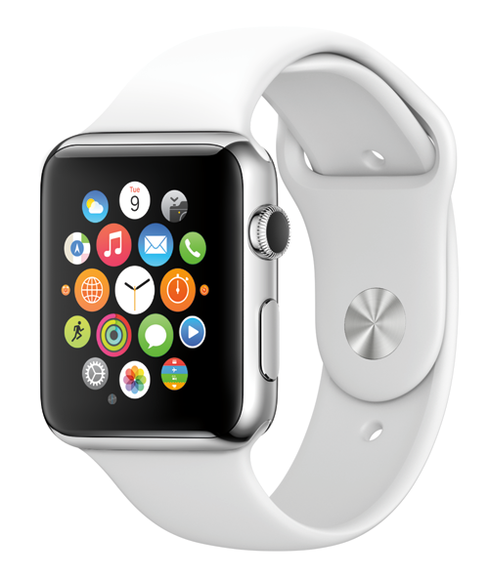Print Your Own Touchscreen
PrintScreen enables anyone to design and print ultra-thin touch-screens for mobile, wearable, and ubiquitous computing applications.

9 Innovative Products: Designers Of Things Conference
9 Innovative Products: Designers Of Things Conference (Click image for larger view and slideshow.)
To expand the Internet of Things, researchers from the Max Planck Institute for Informatics and Saarland University in Germany have developed an interface for things.
Simon Olberding, Jürgen Steimle, and Michael Wessely have created a technology called PrintScreen that allows anyone to print customized flexible, paper-thin displays that can be affixed to objects. These thin-film electroluminescent (TFEL) displays can be touch-sensitive, making it possible to add interactivity to almost any object.
A video demonstrating PrintScreen shows a customized TFEL button shaped like a butterfly being added to a plastic plant as a way to convey notification messages. But PrintScreen could just as easily be used to create an interactive postcard, a rollup sheet for playing Pong, or a programmable button to augment a watchband or a smartphone.
PrintScreen lets anyone with digital design software and an inkjet printer (or silkscreen equipment) create and produce a flexible, interactive display element for prototyping or personal use. It promises to expand the possibilities for hardware hackers and makers who work with systems like Arduino or Raspberry Pi and have the skills to connect the displays to a power source and to any necessary integrated circuits.
[Can you use this technology to print out drones? Read A Drone To Watch Over Me.]
"Instead of buying an off-the-shelf display, the designer can create a custom digital design, which meets the specific demands of the application, and then simply print the display," according to a research paper describing the project. "Printing customized flexible displays empowers designers and makers to create customized interactive print products, digital signage, smart objects, personalized computing devices, and crafts with embedded display."
If there's consumer demand for personalized interaction, device makers could choose to support PrintScreen by exposing power connectors and I/O channels to accommodate user-created buttons and displays. But the technology is more likely to find use among researchers and hobbyists making hardware prototypes.
The PrintScreen research paper explains that previously it was not possible to print customized displays quickly and cheaply. Flexible organic light emitting diode (OLED) displays and Electronic Ink displays require complex labs and machinery, making them prohibitively expensive for low-volume production.
Printing a full-page PrintScreen display costs about $32, mostly due to the cost of the conductive ink; printing a button would be a fraction of that.
The technology can be used to create displays on a variety of materials, including paper, leather, ceramics, stone, metal, wood, and synthetic substances. It can also be used in conjunction with 3D printing to create touch-sensitive objects that convey information.
The Internet of Things demands reliable connectivity, but standards remain up in the air. Here's how to kick your IoT strategy into high gear. Get the new IoT Goes Mobile issue of InformationWeek Tech Digest today (free registration required).
About the Author(s)
You May Also Like






